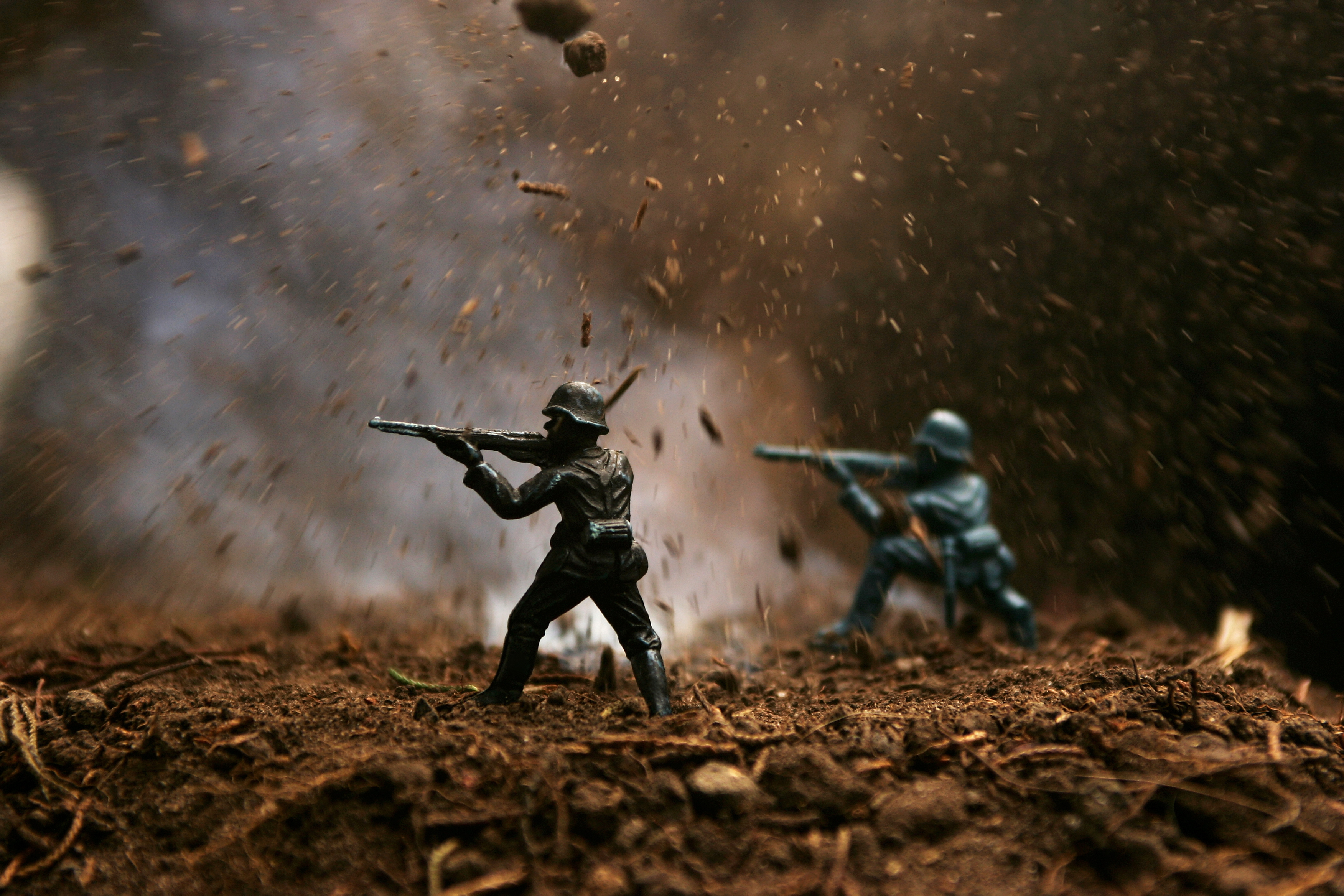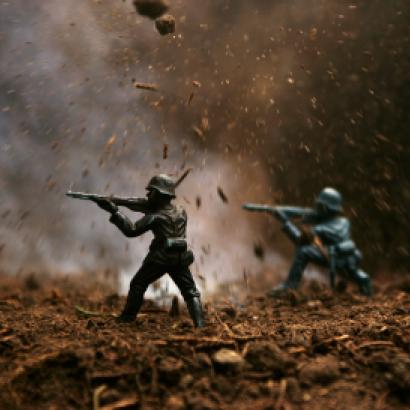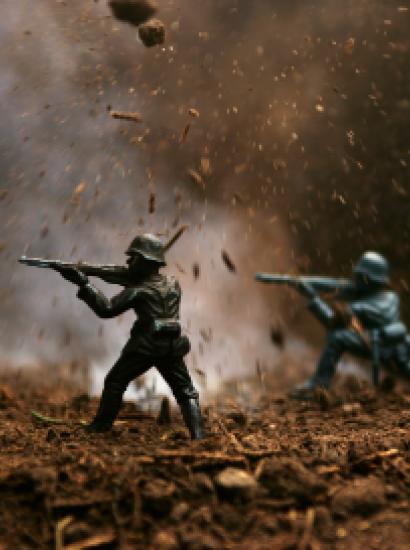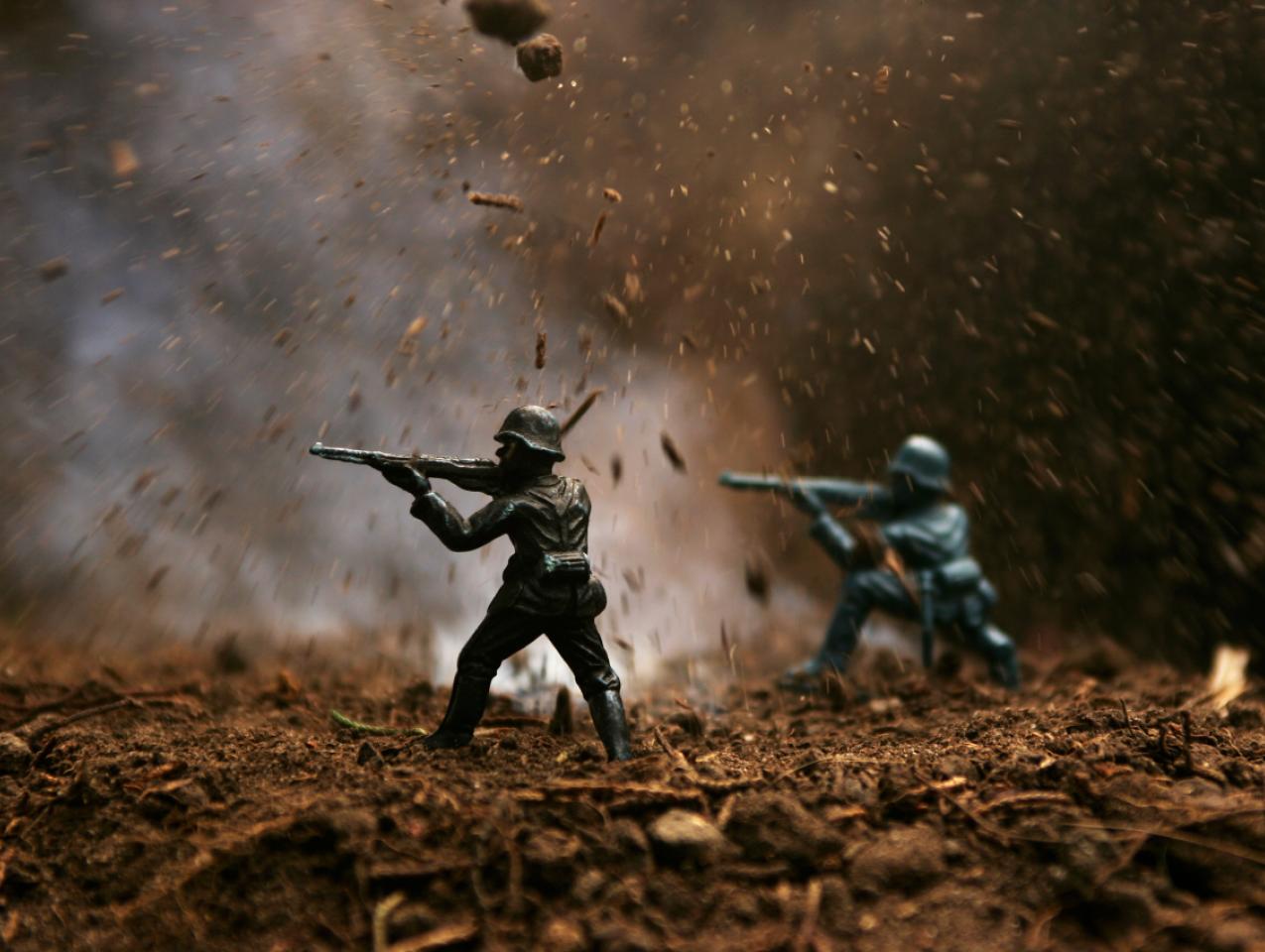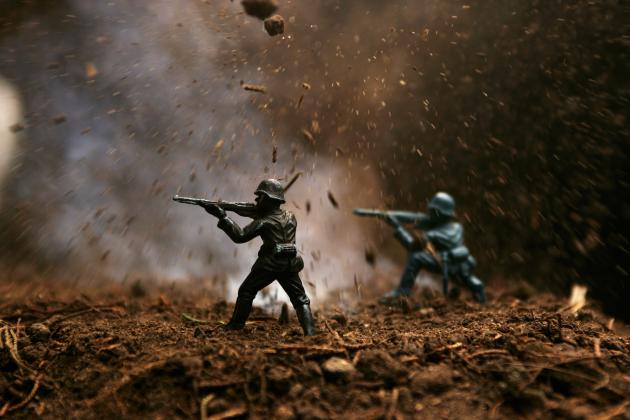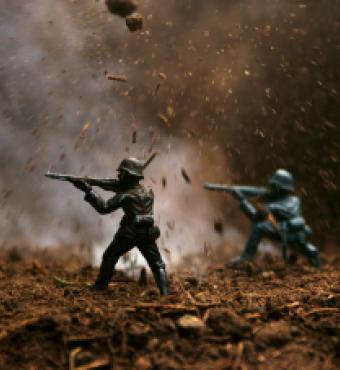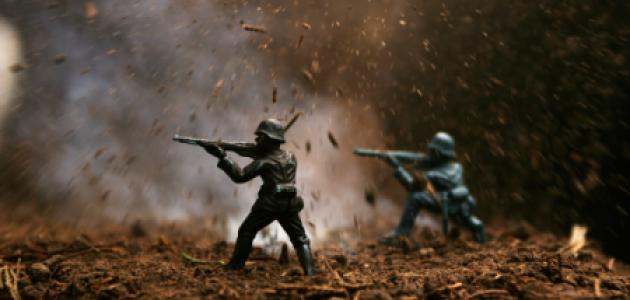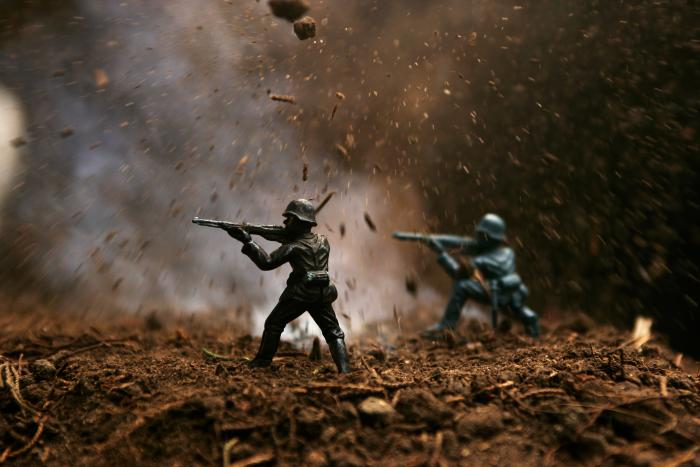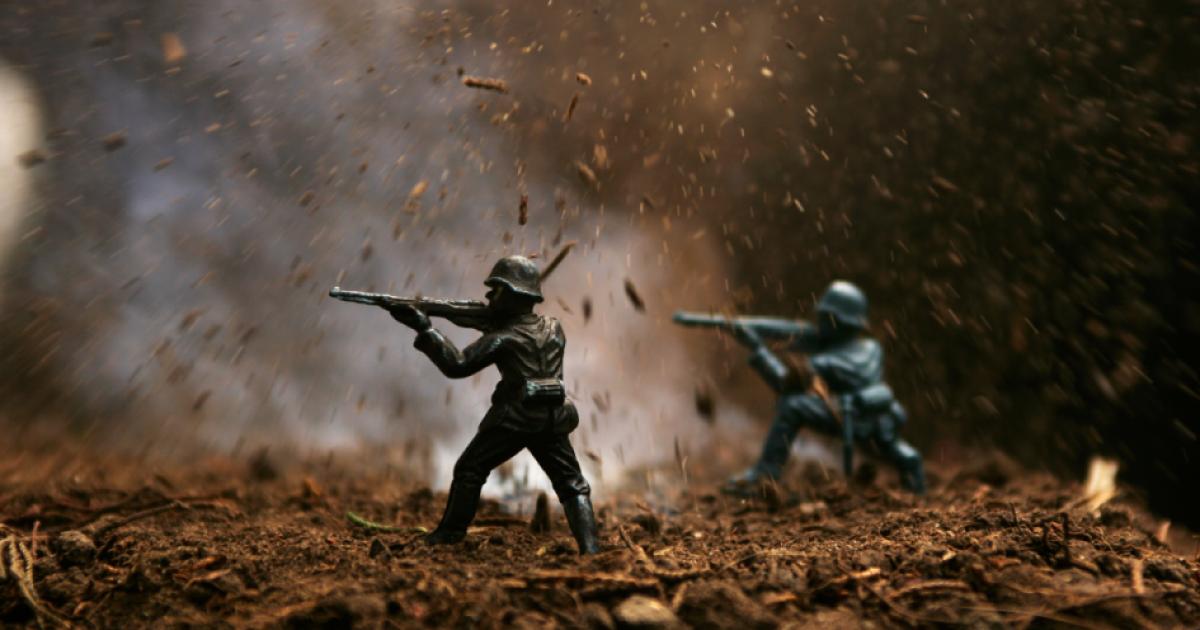- History
- Military
For most of recorded history, soldiers wore personal armor or carried shields to protect themselves against enemy weapons. The widespread adoption of the musket in the seventeenth century put an end to such defenses. While navies continued to improve the armor of their vessels in the ensuing period, armies did not develop new armored protection for their troops until the advent of the armored vehicle at the end of the nineteenth century. The development of the armored aircraft came next, toward the end of World War I.
The comeback of body armor began in World War II with the development of the flak jacket, which was effective against fragments from artillery, mortars, and grenades, but not small arms. In the early 2000s, the United States started fielding body armor capable of stopping high-velocity bullets, reducing casualties from assault rifles and other light infantry weapons. This armor, however, is heavy and it leaves large areas of the body exposed. In addition, it offers relatively little protection against heavy machine guns, large explosive devices, or incendiary munitions.
The magnitude of further improvement has been constrained by the reality that improving protection usually requires increasing weight. Major improvements have generally been contingent on identifying materials that can do more with less. Manufacturers like ExoM and DuPont have recently reported progress in identifying materials that weigh less and can cover more of the body. Engineers are reconfiguring the sizes and locations of armor plating to reduce the stress on particular areas of the body.
These advancements should further reduce the vulnerability of infantry to small arms. Thus far, there is little evidence that next-generation armor will be able to withstand the blows of machine guns and other heavy infantry weapons. As a result, infantry may end up relying less on the assault rifle and more on heavier weapons. That change would, in turn, reduce the foot mobility of infantry, creating new challenges that demand greater use of personnel transporters or small vehicles.
In theory, the extent of future investment on body armor depends on expectations of the hostile weaponry that armies will confront. But there are little grounds for predicting whether the battlefield of the future is more likely to resemble that of Ukraine, where artillery and missiles predominate, or that of Gaza, where improvised explosive devices inflict many of the casualties, or something else. History has shown that the location, timing, and character of wars defy prediction.
Every attempt to strengthen the armor of ground vehicles, aircraft, and ships has been followed by the introduction of new weapons capable of penetrating the armor. The proliferation of smart weapons, along with drones, satellites, and other intelligence, surveillance, and reconnaissance (ISR) platforms, renders these platforms even more vulnerable to destruction. The experiences of Ukraine and Gaza suggest that countermeasures such as GPS jamming, anti-drone missiles, and missile defense systems may be more effective than additional armor in protecting mobile weapons platforms. They also suggest that the dangers to vehicles, aircraft, and ships will make them scarcer on the battlefield, causing increased reliance on the older combat arms—infantry and artillery.







